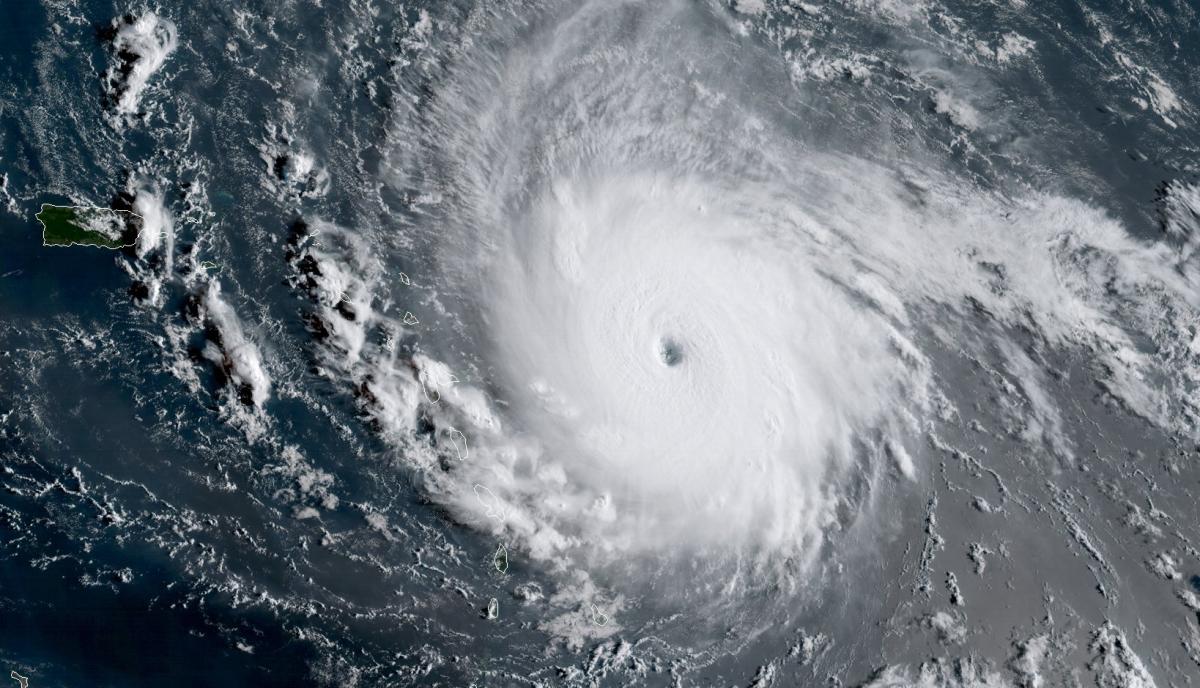Be Prepared: Disaster Recovery Plan
Hurricane season is in full swing once again, and there are some things that can be done to prepare not only yourself and loved ones, but also your business from this storm.
As any successful business owner will tell you, advance preparation is the key to a quick recovery. A comprehensive Disaster Recovery Plan should cover a wide variety of disasters such as flood, fire, natural disaster or manmade catastrophe. It should protect your business against both physical loss and the potential opportunity loss that can be encountered in the days and weeks following a disaster.
The development of your Disaster Recovery Plan should not be taken lightly. It’s important to consider a wide variety of factors when developing your outline. Below are some things to consider.
Operational Backups
Make sure you backup and secure any important documents or files, both paper and electronic, that are vital to the operation of your business. These documents could include permits, licenses, vendor information, customer documents, insurance, title information and any operational records that are used during your day-to-day operations. Keep any documents that need to be maintained onsite in a fireproof box and be sure to put backup copies in a secure offsite location.
Personnel Planning
Are you prepared in the event that a portion of your staff is unable to make it to work? Can you continue baking and handle demand with minimum staffing? In many cases, these issues can be addressed through cross training. Ensuring that your employees are trained in a variety of areas, such as across multiple pieces of production equipment, can go a long way towards getting your bakery back to operation. Reviewing your Disaster Recovery Plan with your staff on a regular basis can also help employees feel prepared in the event of a business interruption.
Insurance Awareness
Review your insurance policy regularly to make sure that all of the necessary documents are up to date. Be sure to keep an eye on outside factors, such as changes to your local flood zone map, and make sure your policy protects you accordingly. Also, be sure you understand the specifics of your policy. Does it cover structural damage and equipment loss but not lost inventory and supplies? What are the limitations of your coverage? Does your policy provide any protection against opportunity loss if your forced to close for recovery? If your coverage falls short of your current needs, speak to your agent about moving you into a more comprehensive policy.
Physical Preparations
Evaluate the steps that you will need to take to physically secure your bakery location. If you’ve had storm shutters installed to protect your windows and doors, make sure they are accessible and in working order. If not then you may want to have some 3/4″ plywood and screws on-hand, stored flat and in a dry location to prevent warping. Pre-cutting and drilling the panels can save you valuable time when you need to install them. Having these supplies prepared will not only save you time, but money as well as they typically become difficult to find and more expensive immediately before a storm. Inside your bakery, unplug any electrical devices that will not be in-use, such as computers or production equipment, to avoid loss or damage due to power surges. Move vital equipment away from windows and doors when possible to protect them in case of a breech. If flooding is a concern, raise essential items up off the floor to prevent or minimize exposure.

Power Loss
The loss of power, even if just for a few hours, can lead to the loss of hundreds or thousands of dollars’ worth of perishable inventory and ingredients. What if the power is out for days or weeks? Without a backup available you’re out of business. If you don’t have a generator for your bakery now is the time to look for one. There are a wide range of solutions available from the portable gas-powered units that need to be setup and run manually, to larger units that will turn on and switch over automatically in the event of a failure. Whichever solution you choose be sure to research it thoroughly to make sure it provides adequate amperage for your needs.
Supply Chain Measures
If there is anything we’ve learned from Superstorm Sandy it’s that the overall supply chain can become incredibly challenging following a natural disaster. Recovery and cleanup can be hindered significantly when essential needs like gasoline and building materials are difficult to obtain. Even if your storm damage is minimal, trouble restocking perishable ingredients can have a significant impact on your business’s production and distribution. While it’s just not possible or practical to plan for all contingencies, stocking up on essential supplies before a storm can significantly improve your ability to get back to business more quickly.
Emergency Contacts
Last but not least, be prepared with a document that includes all of your important emergency contact information. This list should include, but is not limited to, your insurance agent, key account and personnel contacts, vendors and equipment suppliers, and local utility companies. Have multiple copies at the ready just in case you need them.
Unfortunately, we can’t prevent natural disasters, but by using the outline above you can create your own Disaster Recovery Plan. By doing so you can minimize your downtime and increase your chances for a speedy recovery!

